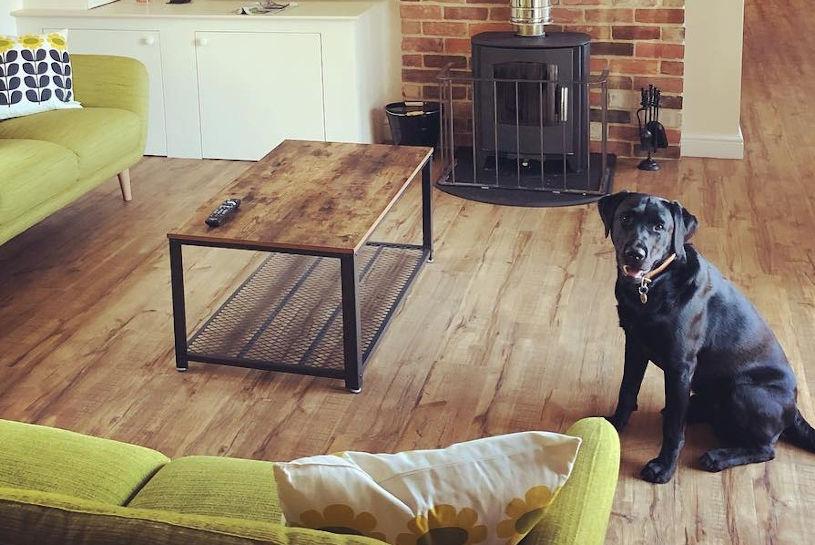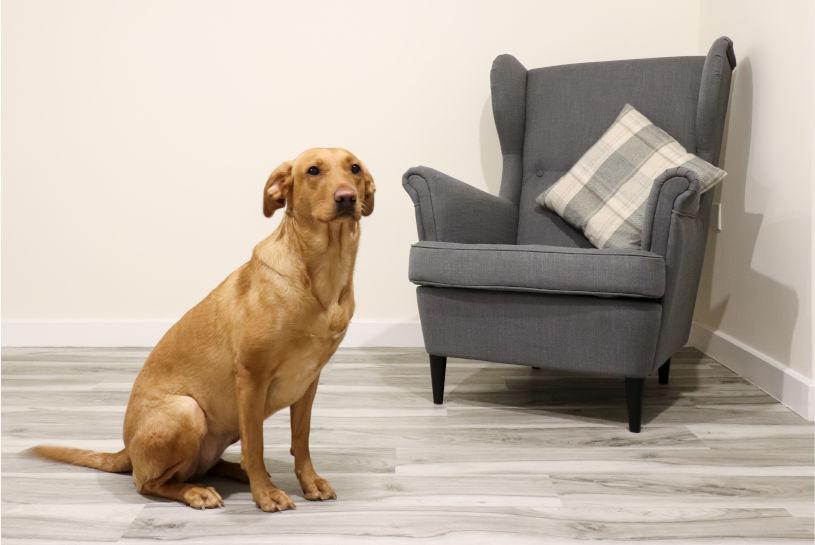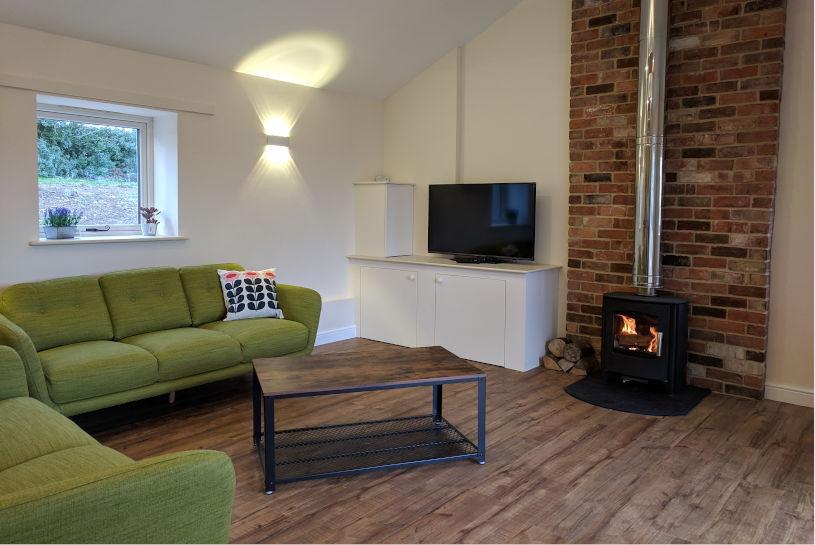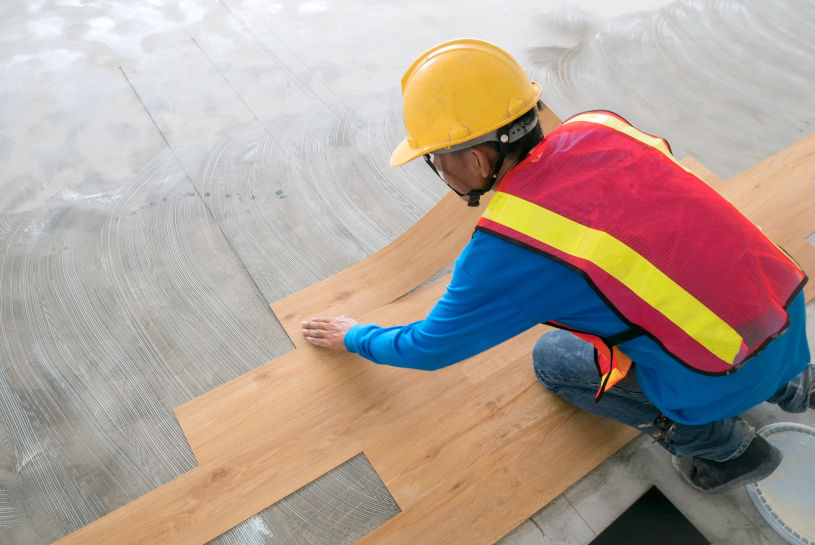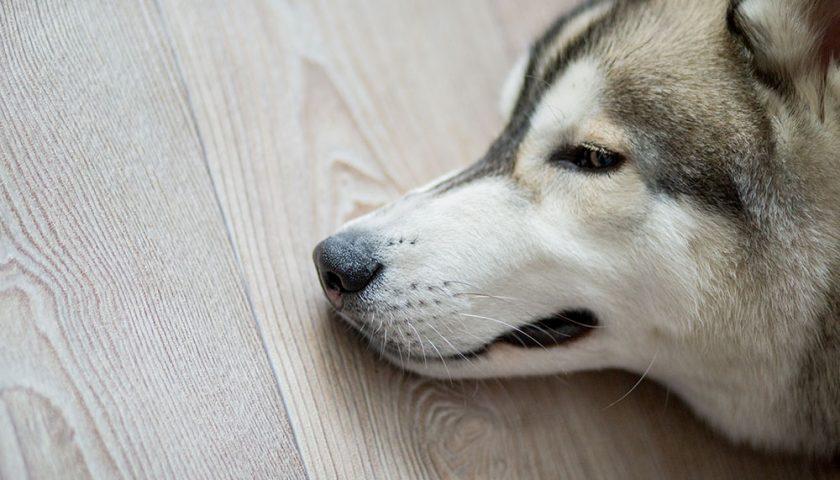Glue down LVT (luxury vinyl tile) is often considered better than click-lock (floating) LVT for several reasons:
Stability and Durability
Glue down LVT is more stable because it is adhered directly to the subfloor, which minimizes movement. This makes it a better choice for areas with heavy foot traffic or where furniture is frequently moved.
Because glue-down LVT is firmly attached to the subfloor, it tends to be more durable and longer-lasting. This type of installation can handle more wear and tear without coming loose.
Sound absorption and Feel
Glue down LVT tends to produce less noise because it is solidly adhered to the subfloor, reducing the hollow sound that can sometimes occur with floating floors.
Glue down LVT generally feels more solid underfoot because there is no air gap between the flooring and the subfloor. This can provide a more authentic feel, similar to natural materials like wood.
Versatility and Performance
Glue down LVT can be installed in a wider range of environments, including areas with fluctuating temperatures and humidity levels, such as sunrooms or basements.
Performance in Moist Areas
Because it is adhered directly to the subfloor, glue-down LVT is less likely to trap moisture underneath, which can be beneficial in moisture-prone areas like bathrooms and kitchens.
Cost and Installation
In case of damage, individual glue-down tiles can be replaced without disturbing the surrounding tiles, which is not possible with click-lock systems.
Aesthetics
Glue down LVT does not need scotia against skirting boards as it does not shrink and contract so you can have a neat finish in all rooms.
Conclusion
Glue-down LVT is often favoured for its stability, durability, better sound absorption, solid feel underfoot, versatility in various environments, performance in moist areas, and ease of repair. However, it requires a more complex installation process compared to click-lock LVT, which is generally easier and quicker to install. The best choice depends on the specific needs and conditions of the space where the flooring will be installed.
The importance of choosing glue down LVT over click-lock for dog owners is that it is fully waterproof against doggy accidents ad water bowl spills.
Pet-friendly LVT from Floors for Paws
Our luxury vinyl flooring range offers customers a choice of 6 stone-effect finishes and 6 wood-effect finishes to appeal to all tastes. To help you narrow your choice, order up to three free samples today.
Floors for Paws Luxury vinyl range

